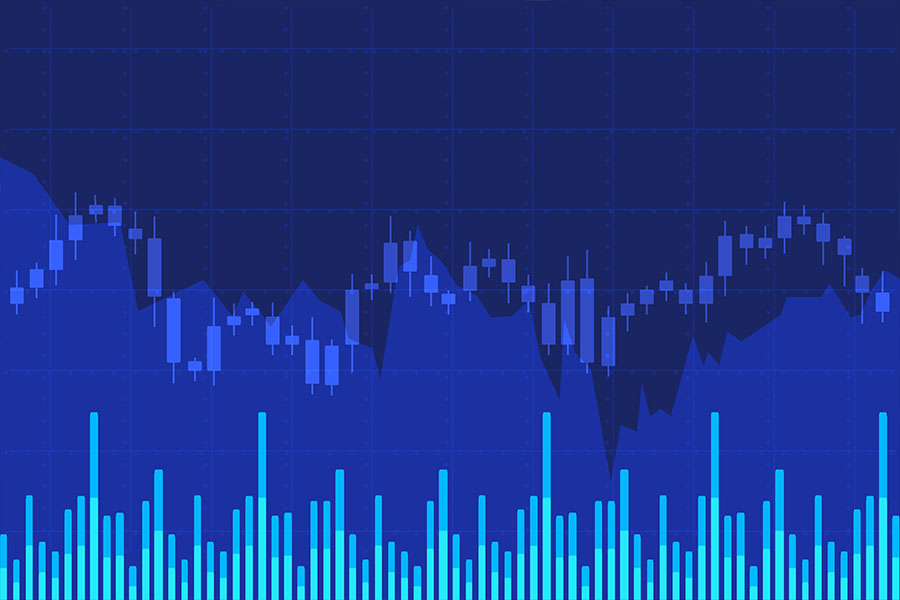JPM: Current S&P 500 Surge Resembles Dotcom Bubble More Than Expected

The current surge in the S&P 500 index has drawn attention from market analysts, with some drawing comparisons to the infamous dot-com bubble of the late 1990s. JPMorgan quant strategists have pointed out striking similarities between the current market rally and the dot-com era, despite initial dismissals of such parallels.
One of the key concerns highlighted by the JPMorgan team is the heightened concentration within the US equity markets. They note that the top ten stocks on the MSCI USA Index, including what they term the “Magnificent Seven,” now represent a substantial portion of the index, accounting for 29.3%. This concentration is reminiscent of the levels seen during the dot-com bubble, which peaked at 33.2% in June 2000.
What’s particularly concerning is that the top five stocks alone now make up 21.7% of the index, approaching levels not seen since the post-1994 high of 22.4%. This concentration underscores a lack of diversity within the market, with only four sectors represented among the top ten stocks, compared to six sectors during the dot-com era.
While valuations of these top stocks are currently higher compared to the rest of the index than during the dot-com bubble, overall market valuations are less extreme. However, the risk associated with market concentration remains a point of contention. Although current valuations are lower, there’s a suggestion that concentration levels may be nearing their limits, potentially leading to a market correction.
Despite the similarities, the JPMorgan strategists emphasize that there are also notable differences between the two periods. For instance, while current valuations are lower, the risk associated with market concentration isn’t as critical as it was during the dot-com era. Nonetheless, they caution that extremely high valuations could indicate that concentration levels are reaching their thresholds, suggesting a natural rebalancing mechanism may occur.
As of now, it is highly anticipated that due to the market conditions, the broader index will outperform stocks. The major cause could be the recent shift of market sentiments and movements. Alon with that extreme equity positioning, also played a crucial role. In addition, the strategists anticipate potential market pullbacks, triggered due to the setbacks of the top 10 stocks.
Despite the current surge of S&P 500, it is important to consider both differences and similarities in the market. In addition, market concern remains a matter to think and investors should be careful for signs of valuation and potential market conditions.







